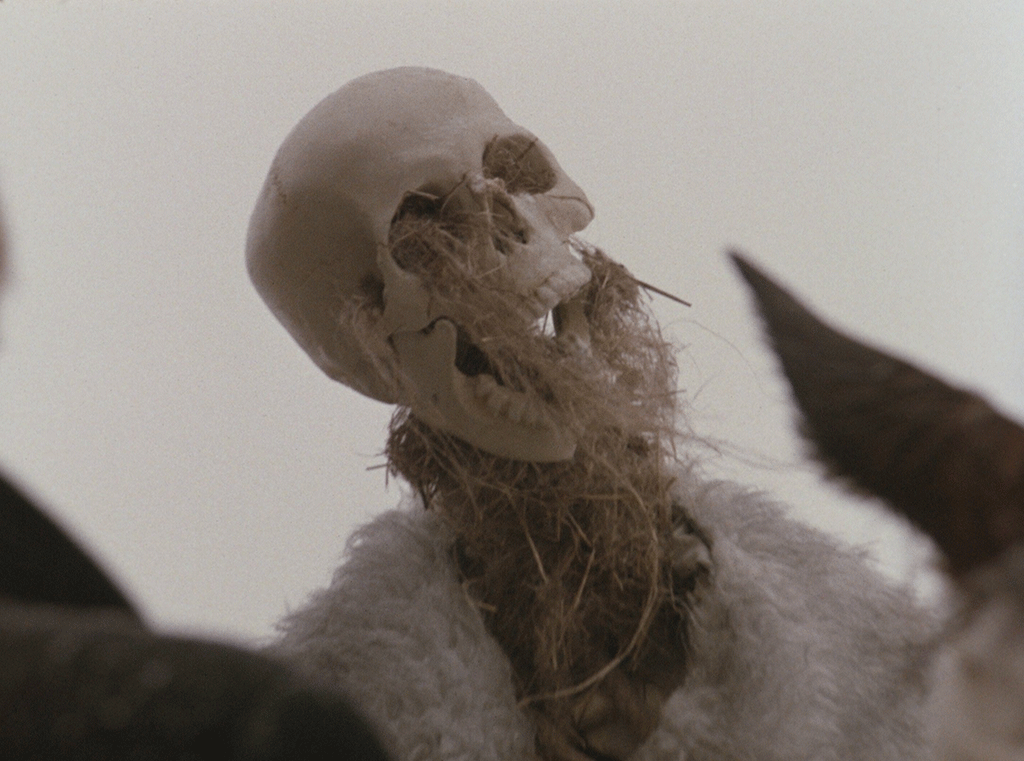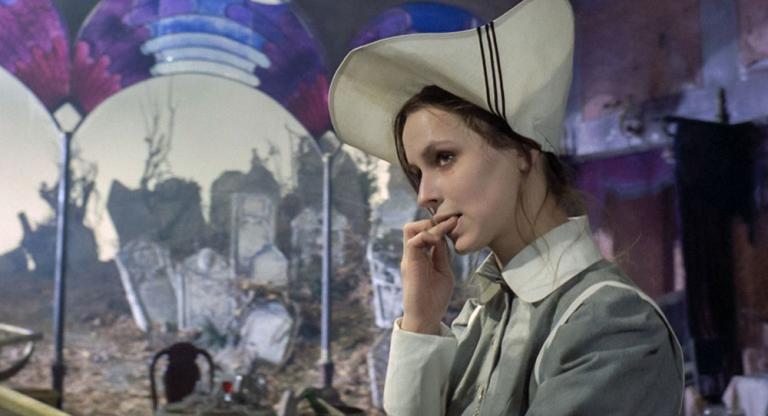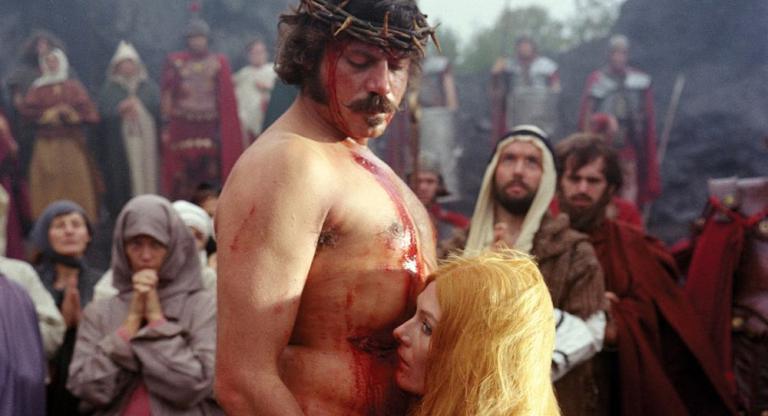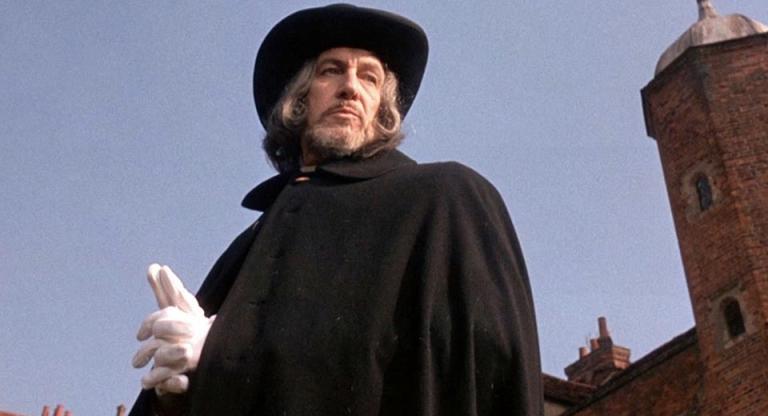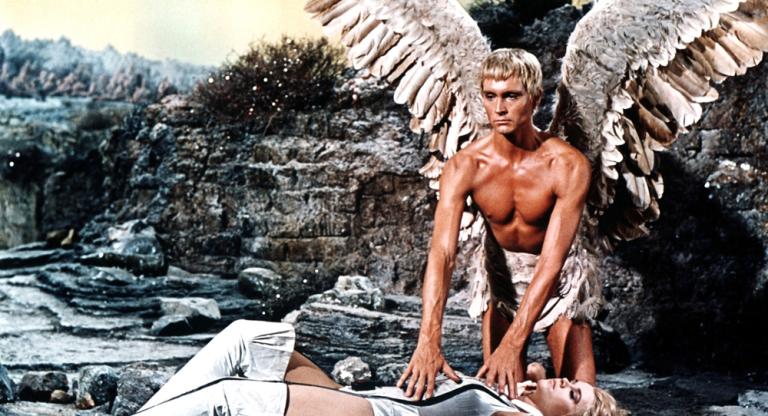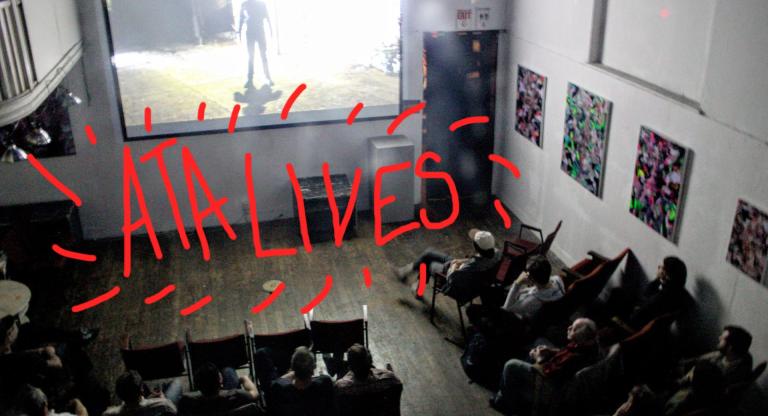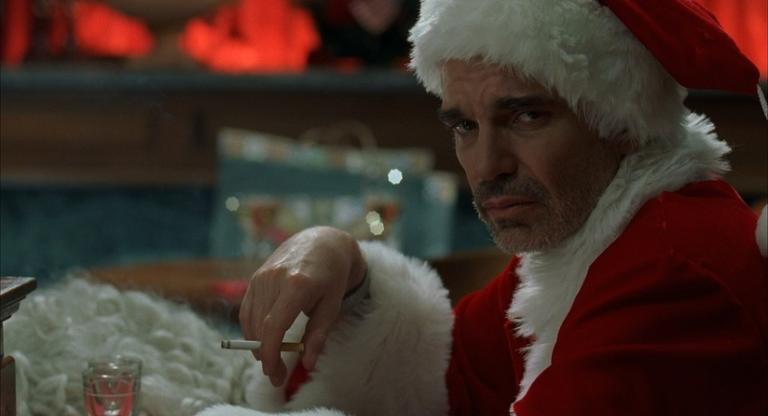When Valeri Rubinchik adapted Uladzimir Korotkevich's beloved 1964 novel King Stakh’s Wild Hunt for the screen in the late 1970s, he faithfully preserved the book's aura of folksy menace. But, he abandoned the overt examinations of Belarusian national and cultural identity at the heart of the novel, which he deemed both uncinematic and unlikely to resonate with broader society audiences. Batted around by its Eastern (Russia) and Western (Poland) neighbors for centuries, Europe’s forgotten nation has long struggled to guard its language and history against subsumption. This effort is baked into the premise, which concerns Beloretskiy, an ethnographer from Minsk, collecting folklore and legends in remote regions at the turn of the century. A storm pushes him deep into unforgiving swampland, and he finds refuge in a decrepit castle run by an endling aristocrat tormented by a family curse. Beloretskiy at first looks to disabuse his host of her sincere belief in tales of a spectral hunting party loyal to the rebel King Stakh whose presence heralds death for the gentry. But the bumps in the night get the best of him, and he’s soon trying to save her from the menagerie of spirits looking for bloody vengeance against the lords who subjugated them in life. Rubinchik’s film takes the premise and denudes it of intriguing discussions related to historical peasant uprisings and sustained efforts to suppress the Belarusian language.
Lamentable as these changes are, the film is far more than the bastardization of a classic. The chopping block of book-to-film translation also claimed the former’s comprehensibility, making the latter a much looser trip. This loss of clarity in the narrative makes room for dream logic to assert connections between disparate strands of dialogue, character, and geography. Rubinchik doesn’t enter or exit scenes according to the dictates of continuity editing: characters turn around and realize an entire party has developed behind them; a two-shot cuts to a close-up of one figure realizing the other has disappeared entirely; several minutes into a scene we hear a voice and realize the speaker has been sitting just off camera the entire time, although no other characters seem surprised. Out of doors, fog and foliage cycle through concealment and revelation of the film’s retinue of rich degenerates and angry ghouls. Inside the castle walls, moss- and vine-covered columns, along with broken glass and warped mirrors, create similar obstructions. Like Beloretskiy, Rubinchik’s camera is almost always frustrated in its attempts to get a better view of the proceedings.
Rubinchik is interested primarily in arresting images such as an old crone praying over a nude woman buried in white feathers. In another, a group of cops stands completely still, posed in arrested movement, over a murdered corpse lying face down in a puddle. A lone cop slowly ambling into and out of the scene and a photographer’s flashbulb are the only signs of life in this would-be oil painting. Rubinchik’s secondary interest is destabilizing any sense of time and space. Our command of the castle’s layout gets hazier the more Beloretskiy runs through it chasing ghosts, to the point where we accept whatever sequence of supposedly adjoining spaces are presented. Over time we come to know this staircase and that corridor, but don’t ask anyone to draw a floorplan. As a sympathetic character says to Beloretskiy, in a line borrowed from the book, “Everything is cleared up easily and logically only in bad novels.”
The Savage Hunt of King Stakh screens this evening, July 14, and on July 23 and 31, at Spectacle as part of the series “The Ghosts of Valeri Rubinchik.”
